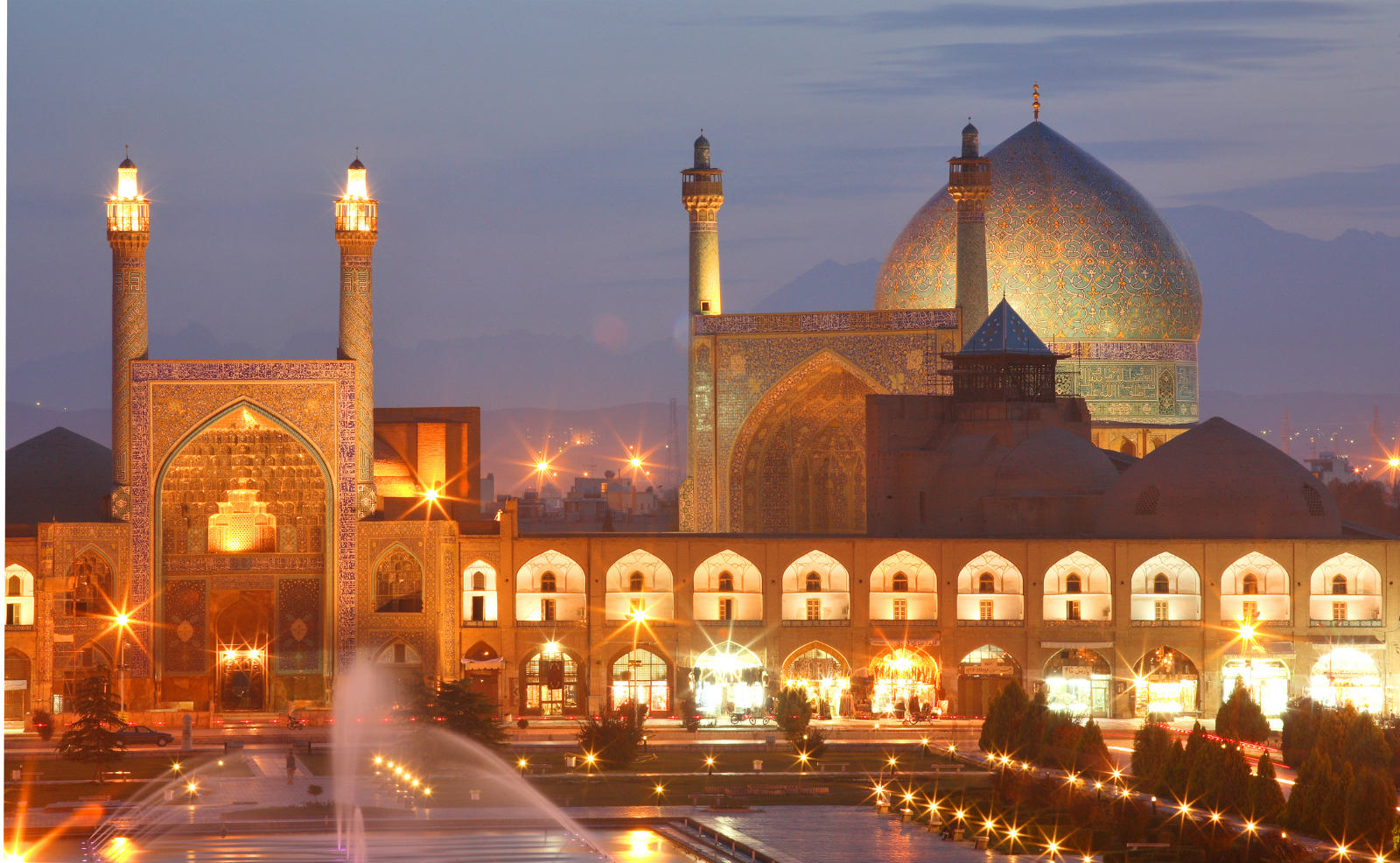Understanding Iran: Current Events and Future Prospects

Introduction
Iran has long been a major player in Middle Eastern politics, and recent developments have highlighted its critical role in regional stability and global geopolitics. The importance of understanding Iran cannot be overstated, particularly given the extensive sanctions, social movements, and shifting alliances that are shaping its future. With the nation experiencing both internal pressures and external diplomatic tensions, it is crucial for the world to keep a close eye on this historically rich yet complex country.
Current Socio-Political Climate
As of 2023, Iran has faced significant challenges, particularly in the wake of widespread protests that erupted in September 2022 following the death of Mahsa Amini. The movement, which began as a protest against the country’s strict dress code laws, morphed into a larger call for human rights and governmental reform. Despite the government’s attempts to quash the dissent through crackdowns and internet restrictions, public demonstrations continue, revealing the persistent demand for change among the Iranian populace.
According to recent reports, the Iranian government has responded to the unrest by making some concessions, such as discussions on potential reforms in some laws. However, many analysts argue that these changes are too little and come too late, as public trust in the regime erodes.
International Relations and Impact
On the international front, the relationship between Iran and Western nations remains strained. While indirect negotiations regarding Iran’s nuclear program have continued, significant barriers persist. The revival of the 2015 nuclear deal has stalled, with both sides at an impasse over sanctions and compliance issues.
In addition, Iran’s support for proxy groups across the region, such as Hezbollah in Lebanon and various factions in Iraq and Yemen, complicates its relationships with neighbouring countries and the United States. Recent intelligence reports indicate that Iran is increasingly focusing on strengthening its military capabilities, which has garnered concerns from both regional powers and global observers regarding an arms race in the Middle East.
Future Outlook
The future of Iran is highly uncertain. As internal pressures mount, it remains to be seen whether the current regime can maintain its grip on power or whether the demands for reform will lead to a significant shift in governance. Economically, Iran struggles under the weight of international sanctions exacerbated by the global energy crisis, which further fuels discontent among citizens.
The significance of these developments extends beyond Iran’s borders, as the country’s stability influences the balance of power in the Middle East and the broader geopolitical landscape. Observers may anticipate that continued unrest could lead to more significant international engagement or intervention as stakeholders make strategic decisions in response to Iran’s evolving situation.
Conclusion
Ultimately, understanding the current state of Iran is crucial not just for regional stakeholders but for the global community as a whole. The interplay of domestic struggles and international diplomacy will shape Iran’s trajectory in the coming years, with implications that reach far beyond its own borders. Keeping abreast of these developments will be essential for anyone seeking to understand the complexities of modern geopolitics.
You may also like

Boris Johnson: A Look at His Current Political Landscape

Key Developments and Current Events in Iran
